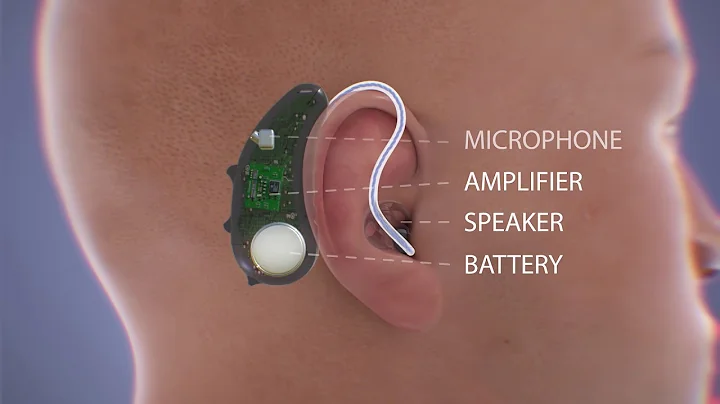
In the early 1950s, the " New York Times " commented on the transistor : "In addition to being a hearing aid, I'm afraid this thing has no other use." Today, from the electronics, integrated circuits, computers, automatic control and other industries to the national economy and social life, we can deeply feel how much the transistor has played a huge role in promoting human civilization.
If we go back more than 60 years and the transistor has not been invented, then people today are probably still using tube radios . This type of radio generally uses five or six vacuum tubes. Although the output power is only about one watt, it consumes forty or fifty watts of power. Its functions are very limited: when you turn on the power switch, it takes more than a minute for it to slowly start to sound. Later, pocket semiconductor radios became popular personal items. When using these modern technological products, everyone should respect the inventor. The invention of the

transistor began in Murray Hill, New Jersey, where scientists were looking for a replacement for the tube . Although vacuum tubes could amplify music and speech, and made long-distance phone calls possible in the first half of the 20th century, they consumed a lot of power, generated too much heat, and burned out easily.

On Christmas Eve 1947, the 37-year-old American solid-state physics theorist Shockley invited several colleagues from Bell Laboratories to observe him and his collaborators - experimental physicist Bardeen , Theoretical Physics Home Bratton has recently achieved "some results", namely demonstrating the passage of electric current through a small component called a "transistor". Although this small component was primitive and clumsy by modern standards, it was a breakthrough that shocked the world at the time, because the vacuum tube - the original electronic amplifier, although it accelerated the development of radios, telephones, televisions, etc. This kind of vacuum tube is bulky and consumes a lot of energy, which hinders the development of complex electronic machines. Electronic mechanics have long awaited a reliable, small, and cheap alternative.

Like vacuum tubes, transistors can amplify weak electronic signals; the difference is that they are cheap, durable, consume little energy, and can be made almost infinitely small. In September 1999, scientists from the French Atomic Energy Commission developed the smallest transistor in the world today - only 20 nanometers in diameter (a nanometer is one billionth of a meter). In order to obtain a 1-centimeter photo of it, scientists need to use an electron microscope to magnify it 500,000 times. Putting a 20-nanometer transistor into an ordinary integrated circuit is like putting a hair in the middle of a football field.
Contrary to vacuum tubes, which generate huge amounts of heat during operation, transistors can operate in a cooled state because they use a semiconductor, a solid conductor between an insulator (such as glass) and a good conductor (such as iron and gold). This shows the success of the three inventors of the transistor. It was up to them to determine the appropriate material to use (starting with the metallic element germanium, then silicon). After the birth of the

transistor, it was first used in telephone equipment and hearing aids. Slowly, it worked in anything with an outlet or battery. In 1958, IBM developed the first computer that used all transistors. Later, transistors replaced electron tubes, which reduced the size of computers, increased their lifespan, and lowered their prices, creating conditions for their widespread application.
In 2010, researchers from the New University of Lisbon in Portugal successfully developed the world's first paper-made transistor, which installed special devices on both sides of the paper so that the paper can act as an insulator and photosensitive bottom layer at the same time. During use, researchers found that the performance of this hybrid field-effect transistor exceeded those of amorphous silicon thin film transistors and oxide semiconductor transistors, and could be used in new electronic devices such as paper displays, smart labels, and biological programs!










![The Evolution of Computing [Documentary] (Vacuum Tube to Transistor to Integrated Circuit) - DayDayNews](https://i.ytimg.com/vi/ZBZnSteT72A/hq720.jpg?sqp=-oaymwEcCNAFEJQDSFXyq4qpAw4IARUAAIhCGAFwAcABBg==&rs=AOn4CLAAu4V2fapYXzo4baTXt0tjVPrd_g)










